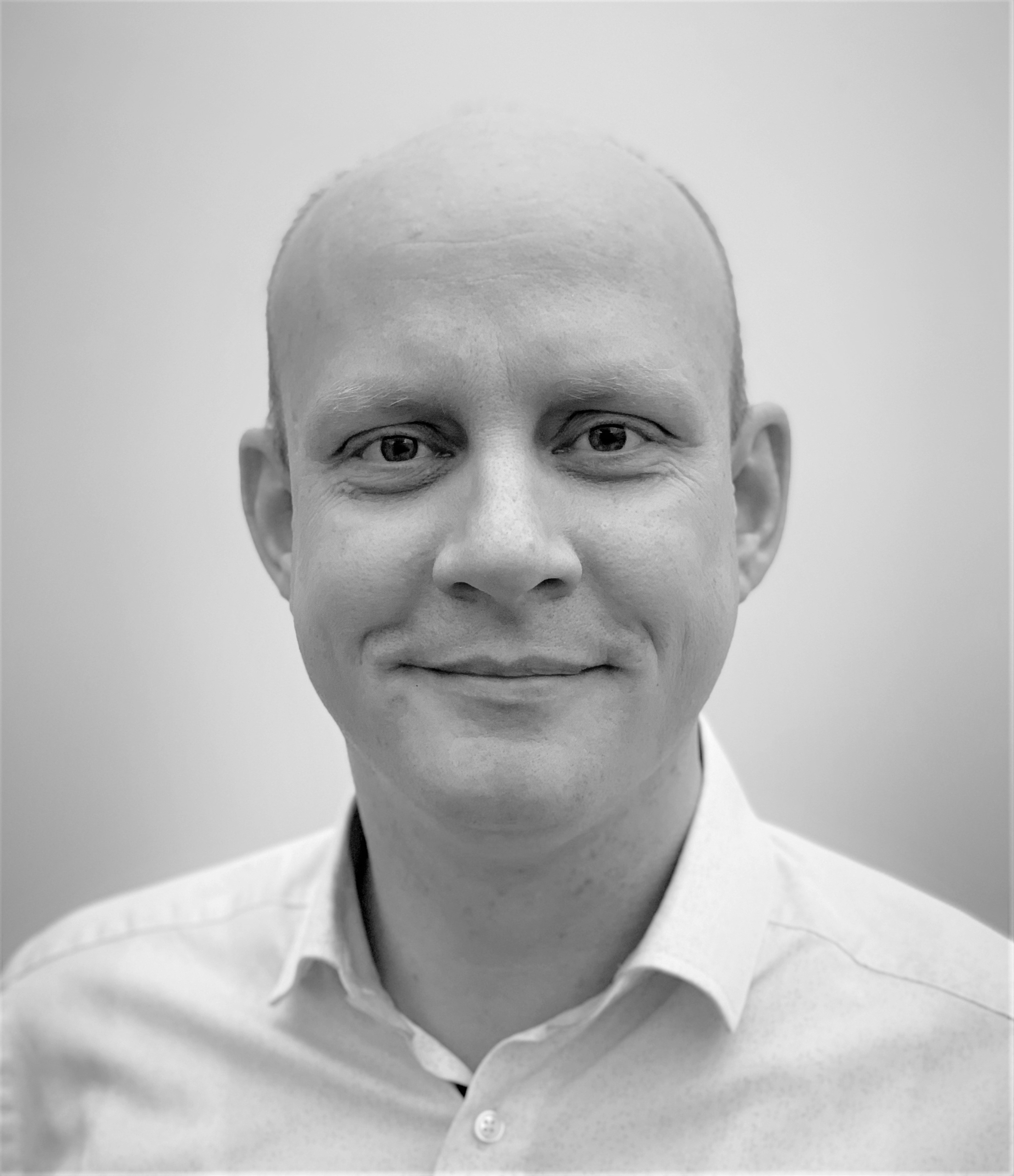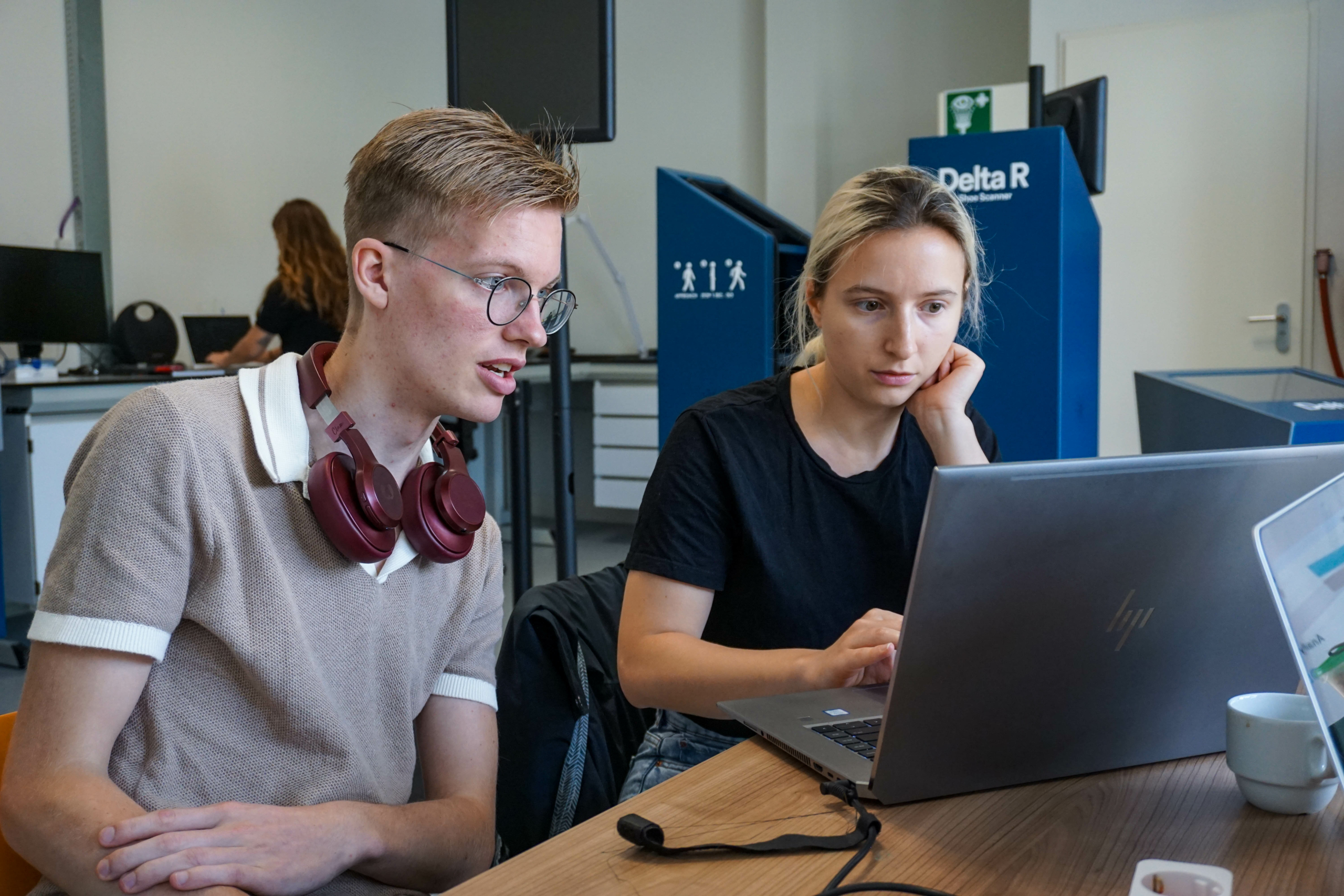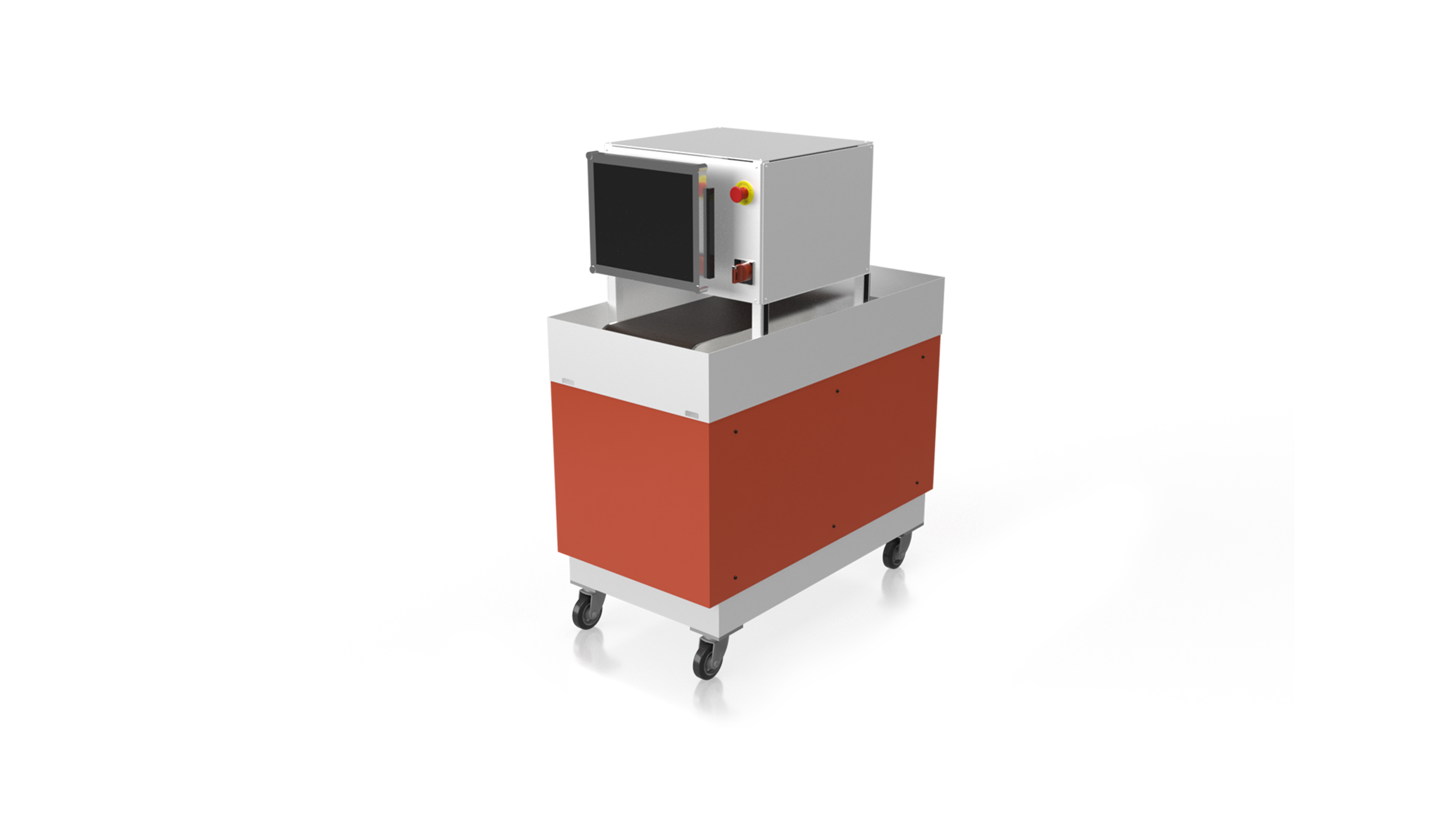I am Quirijn, a MSc student in Applied Mathematics at Delft University of Technology specializing in discrete mathematics and optimization. As part of my internship at SG11 I focused on data uniformity correction, vital for the classification algorithm of the Epsilon M. My recent report delves in shape acquisition techniques and light reflection theory, providing SG11 with valuable insights and a roadmap into further development of this data uniformity correction technique. This contribution marks a significant step in the continuous development of improved classification algorithms.
Background
During my graduation project at Stage Gate 11, I researched the way light reflects and 3D orientation acquisition techniques, which I experimented with using the experimental setup at Stage Gate 11.
The Epsilon M scans a batch of Bottom Ash, which is what remains after incinerating waste. In the Netherlands alone, around 7.6 million tons of waste is incinerated each year, resulting in 1.9 million tons of crude bottom ash production of which around 130 kilotons of valuable metals are retrieved. To recycle the metal nuggets out of the bottom ash, the hyperspectral data obtained by the Epsilon M goes through a number of steps before determining the consistency of the Bottom Ash batch and locations of valuable metals in the crude bottom ash. My thesis focussed on one step of the pixel classification pre-processing: data uniformity correction by capitalizing on the light reflection of the materials.
By retrieving the surface orientation of the objects of interest and by obtaining the light reflection function of the objects of interest, these objects can be artificially orientated and placed all in the same way. By doing this process, the hyperspectral data generated by the pixels is made to be more uniform and therefore the objects will be more easily classified. The aim of my work was to delve into the reflection theory and to retrieve the 3D orientation of the objects of interest.
Method
To obtain the 3D surface orientation I researched several techniques, and deciding on a technique called photometric stereo. Images were made using multiple light source directions, and the Epsilon M in the lab environment at Stage Gate 11. By preprocessing and cleverly combining these images the surface normals of the objects of interest were retrieved.
Results
First of all, I have researched general light reflection theory and compared methods for 3D orientation acquisition techniques. Photometric stereo turned out to be a viable method, with the possibility of further enhancing this method, called color photometric stereo, by simultaneously using multiple light sources each with a distinct light fingerprint in order to only need a single snapshot of the scene to obtain the 3D orientation. Using photometric stereo the surface orientations of the objects of interest were retrieved.
With this research and set out roadmap, I have given SG11 insight into data uniformity correction based on the light reflection fingerprint of the metals, which they can use in their continuous development of better classification algorithms.
Experience
I look back at my time at SG11 with great satisfaction. I thoroughly enjoyed the open work atmosphere and savour the team feeling we all had. I would like to thank the whole team, but especially Rob, on who I could always trust for his expertise and supervision. Moreover, I would like to thank Jasper Rothert and Dionne Overkamp for their help performing the experiments. Lastly, I would like to thank Svetlana Codrean for her support in the early weeks of this internship. It truly has been a great experience and I am satisfied with the results.
Questions and Applications
Interested in becoming a member of our team? Send in your questions and/or application to info@sg11.nl with reference to your topic of interest.
We look forward to welcoming you to our office!
Career Opportunities
Careershttps://sg11.nl/insights/career-opportunities-at-sg11/



